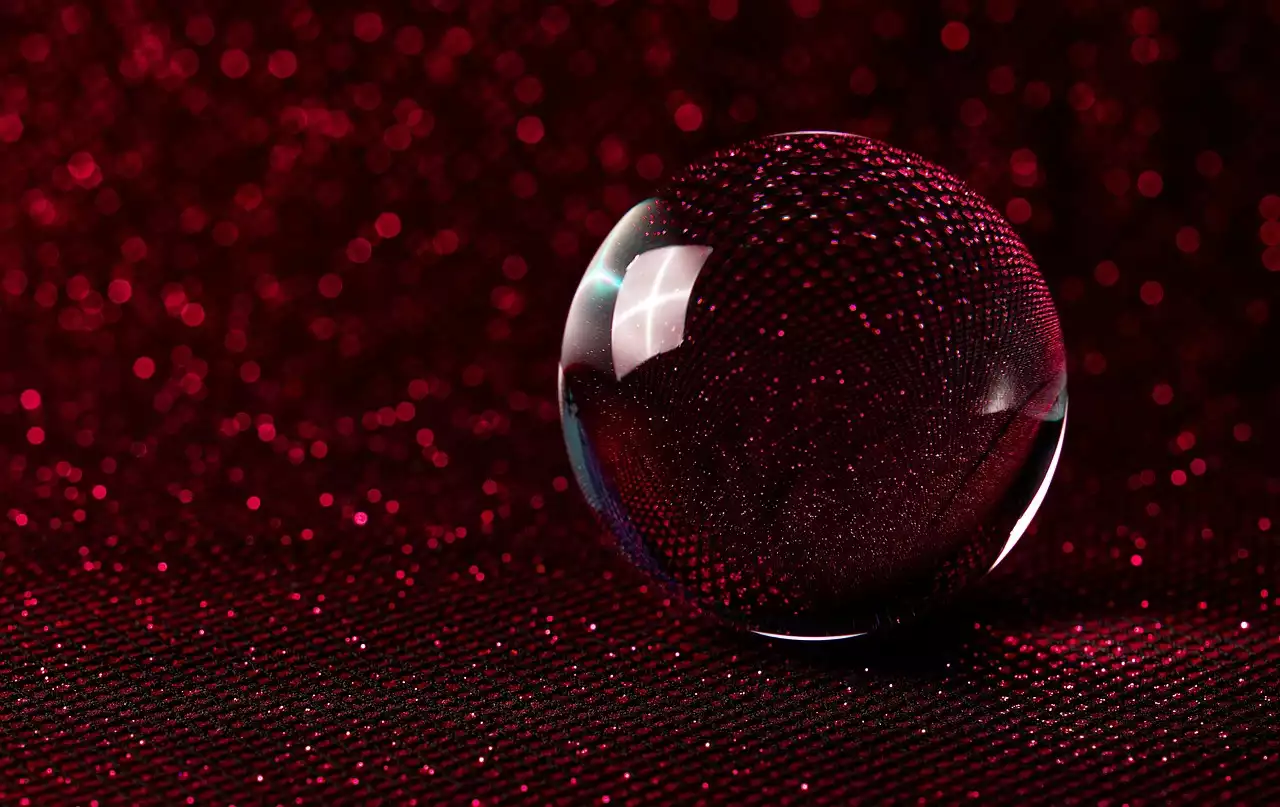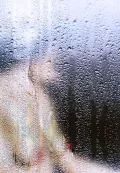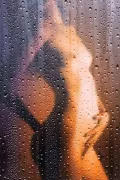Bokeh is the word used to describe the out-of-focus area of a photo. It’s most commonly seen in photos taken with a shallow depth of field, where only part of the photo is in focus and the rest is blurred. Bokeh images are usually produced with a shallow depth of field, which means that only a small area in front of or behind your subject is in focus. Bouncing the light from your flash off a nearby surface like a ceiling or wall can help you achieve this effect more easily. When using artificial lighting, experiment with different kinds of light modifiers such as softboxes and umbrellas to find something that works best for you and your subject.
Try A Ring Light
If you want a high-end look in your photo that is almost impossible to do by hand, you might want to look into a ring light. Ring lights are specialized lights whose bulbs are arranged in a donut-shaped pattern around the subject’s face. Ring lights produce a very even, soft glow that will make your subject look amazing, while also providing a great amount of light. Ring lights are most useful when photographing people, especially when in a studio setting. They’re also incredibly helpful for video, as they provide consistent lighting for multiple takes. Ring lights are great for beauty photography, product photography, and any other type of photography where you want to achieve a consistent, luxurious glow. With a ring light, you can easily control where the light is coming from, and how bright it is.
Use A Softbox Or Umbrella
You can make a cheap and easy softbox out of any large and durable fabric. Cut the fabric so that it’s a couple of inches longer and wider than your flash, and then tape the fabric around the flash. You can also buy premade softboxes that are designed to work with your flash. An umbrella is another great way to add a diffused light to your photo. Place the flash inside the umbrella and position it so that the light reflects off the wall behind your subject. You can also buy umbrellas that have fabric along the edge. This will allow the fabric to diffuse the light and create a softer look than with an opaque umbrella.
Find the Right Distance
The best way to find the right distance to place your flash is to experiment. Start by positioning your flash as close as possible to your subject while still providing enough light to illuminate the scene. Then, move your flash farther away until the desired amount of light is hitting your subject. At this point, you can start to fine-tune your photo by moving your subject around and experimenting with different angles until you find something you’re happy with. The distance at which you place your flash can greatly affect the look of your photo. If your flash is too close to your subject, the light will appear too harsh and direct. If your flash is too far away, the light will be too soft and won’t illuminate your subject properly.
Change your Flash’s Position
To get a different look in your photo, try rotating your flash 90 degrees. Rotating the flash 90 degrees will change the direction in which the light is emitted. This will have the same effect as repositioning your flash closer or farther away from your subject. If you have more than one flash, you can also try placing them in different positions around your subject. For example, you can place one flash to the left of your subject and another to the right. This can be a great way to add some visual interest to a photo by creating a more complex lighting pattern.
Experiment With Backgrounds
If you’re looking to create an artistic photo with a bokeh effect, try experimenting with different types of backgrounds. Try setting up your photo against a wall that has a pattern on it or even a bookshelf filled with random objects. You can also try shooting outside at night against a brightly lit cityscape. The more complicated the background is, the more interesting your photo will be when only a small part of it is in focus. When experimenting with backgrounds, try to keep the rest of your setup simple. The more complicated your setup is, the harder it will be to find a background that complements it.
Bottom line
Bouncing your flash off nearby walls and ceilings is a quick and easy way to create beautiful bokeh in your photos. The closer your flash is to your subject, the harsher the light will be. The farther away your flash is, the softer the light will be. There are many ways to experiment with creating a shallow depth of field in your photos, and bouncing your flash off nearby surfaces is one of the easiest. With a few inexpensive and readily available tools, you can create beautiful and unique photos that are sure to draw attention.


 Exploring the Different Types of Pokemon Cards
Exploring the Different Types of Pokemon Cards
 Using Drones in Search and Rescue Operations
Using Drones in Search and Rescue Operations The Best Places to Play Pokemon
The Best Places to Play Pokemon Tips for Starting Collecting Records
Tips for Starting Collecting Records Reflection Photography - Creative Effects
Reflection Photography - Creative Effects Photography Effects - Light Painting
Photography Effects - Light Painting For Creative Effects try Infrared Photography
For Creative Effects try Infrared Photography Create Silhouettes in your Photography
Create Silhouettes in your Photography